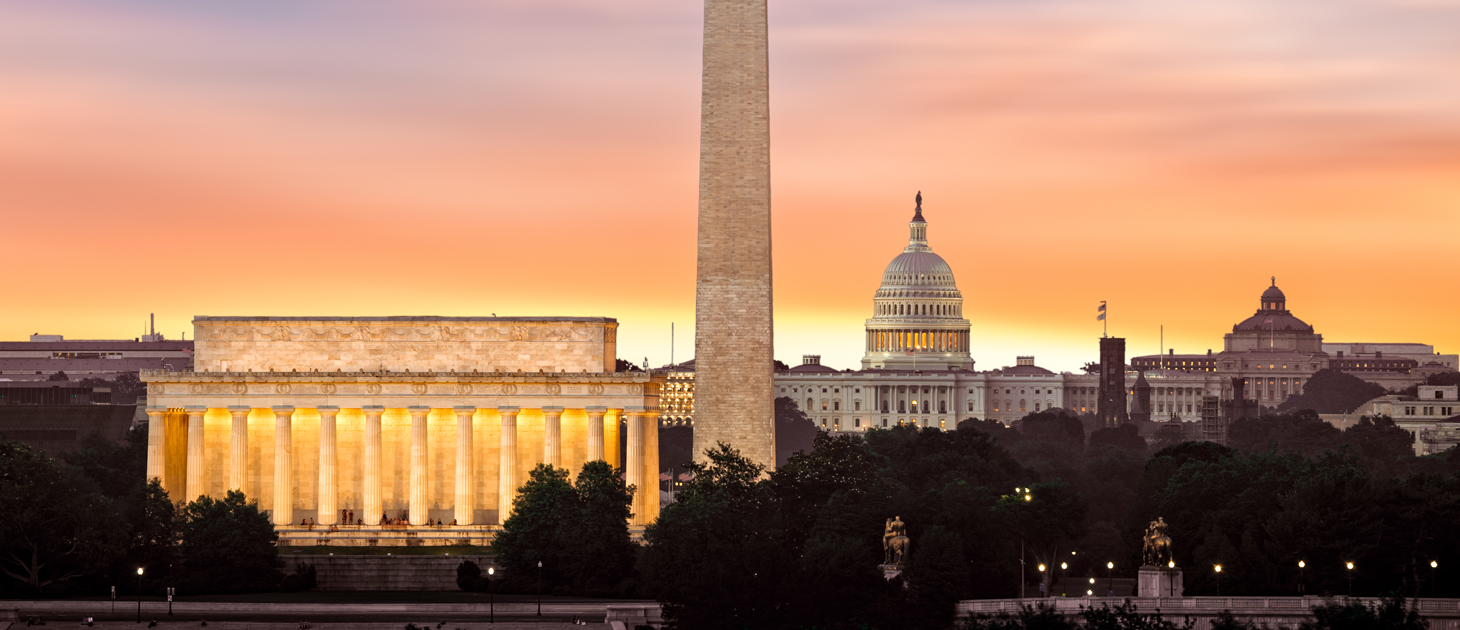Middle-Market Public Policy Roundup
The Fed slashed interest rates to zero, and the Trump administration proposed a trillion-dollar stimulus that would send direct payments to Americans for economic relief.

In this week’s roundup, we look at a recent decision by the Federal Reserve to slash its benchmark interest rate to zero in response to the mounting pressure on the economy caused by the coronavirus outbreak. To soften the impact of the virus, the Trump administration is proposing a trillion-dollar stimulus package that would send direct payments to Americans.
Fed Cuts Rate Again on Virus Fear
The Federal Reserve slashed its benchmark interest rate to near-zero levels after a second round of emergency meetings held in less than a month amid mounting disruption caused by the coronavirus outbreak.
After a second unscheduled meeting of the Federal Open Market Committee on March 15, the central bank’s decision-making body voted in favor of reducing the federal funds rate to a range of 0% to .25%, the lowest the rate has been since 2015.
This emergency meeting came after another on March 3, where the Fed lowered rates to a range of 1% to 1.25%. The originally scheduled FMOC meeting on March 17-18 was canceled.
The central bank said in a statement that it’s prepared to use its full range of tools to support price stability and the flow of credit to households and businesses, including purchasing $500 billion in Treasury securities and expanding the size of its overnight and term repurchase agreement operations.
As containment efforts across the globe disrupt supply chains, air travel and tourism, a growing number of businesses are furloughing or laying off workers. The Fed is taking measures to ensure that lenders aren’t overwhelmed by a sudden shock of billions of dollars’ worth of unpaid bills from businesses and households.
Since March 17, the federal reserve has launched three emergency lending programs meant to extend coverage to banks and other lenders to prevent a credit crunch.
“By ensuring the smooth functioning of this market, particularly in times of strain, the Federal Reserve is providing credit that will support families, businesses, and jobs across the economy,” the central bank wrote in a statement.
Trump Proposes Relief Plan to Soften Virus Impact
The Trump administration is asking Congress to approve a proposal that would send direct payments to Americans as part of a $1 trillion aid package to soften the impact of the economic slowdown caused by the coronavirus outbreak.
At a press briefing of the president’s Coronavirus Task Force on March 17, Trump proposed sending two waves of direct aid packages to Americans totaling $500 billion as part of a nearly $1 trillion stimulus plan. The Department of the Treasury said it could send payments by early April.
“We’re looking at sending checks to Americans immediately,” Treasury Secretary Steven Mnuchin said at the briefing.
Mnuchin said he would be discussing the amount of the payments with congressional Republicans. Some reports have placed it around a single amount of $1,000. Mnuchin suggested the check sizes could be higher. “They may be a little bit bigger than what’s in the press,” he said.
The administration is working with Congress on the aid package, which would be the latest in a set of policy actions to address the pandemic. On March 18, Trump signed a $100 billion coronavirus aid package into law, which includes provisions for emergency paid leave for workers as well as free testing.
According to a report from the Associated Press, a plan unveiled on March 19 would extend $1,000 to adults and $500 for each child in a houshold so a family of four would recieve $3,000.
Are you an ACG member who enjoys reading the public policy roundup? Join our Public Policy Interest Group to receive even more in-depth coverage of federal policy activity impacting the middle market, as well as opportunities to help shape ACG’s advocacy efforts.

Benjamin Glick is ACG Global’s marketing and communications associate.


